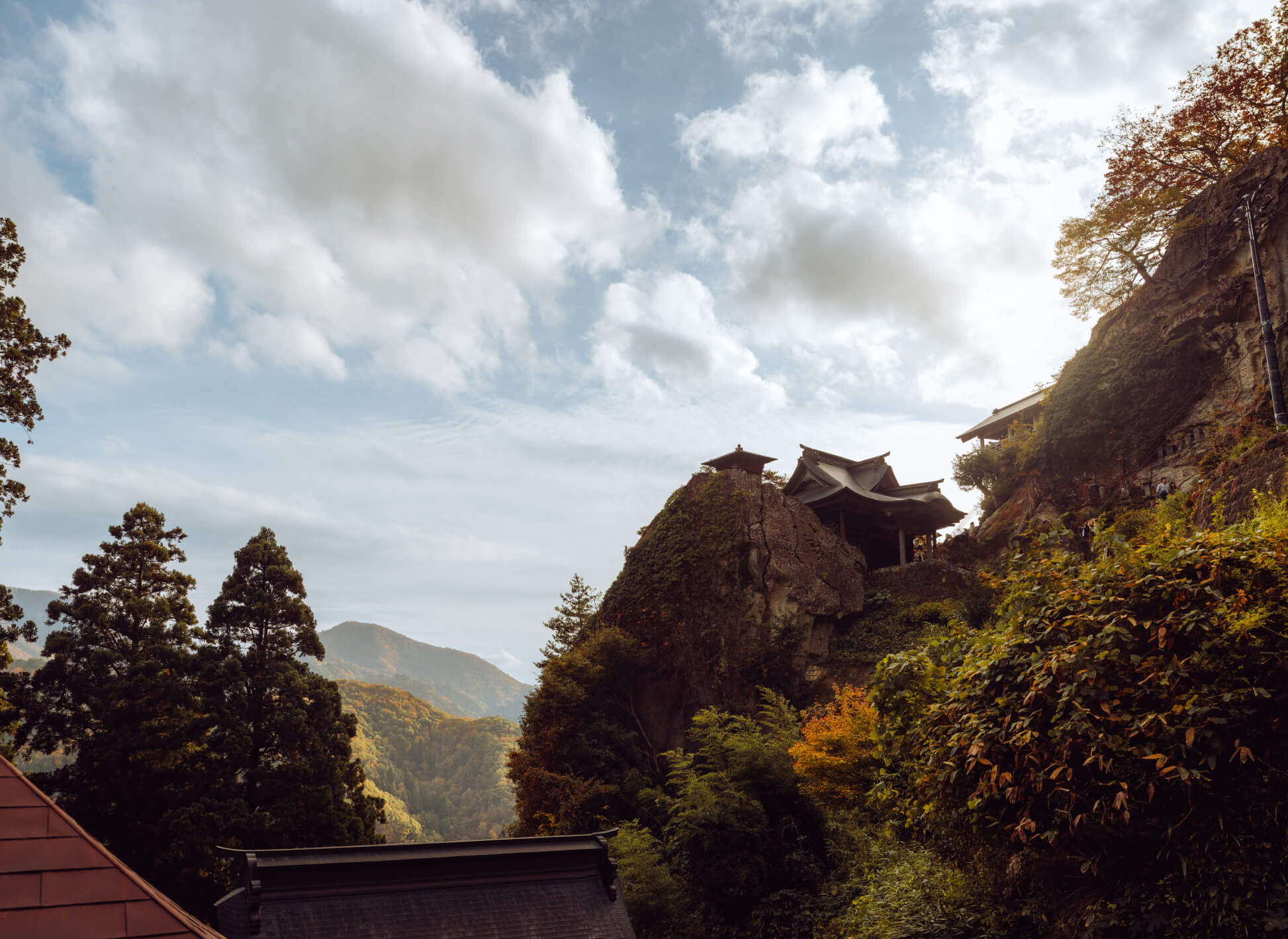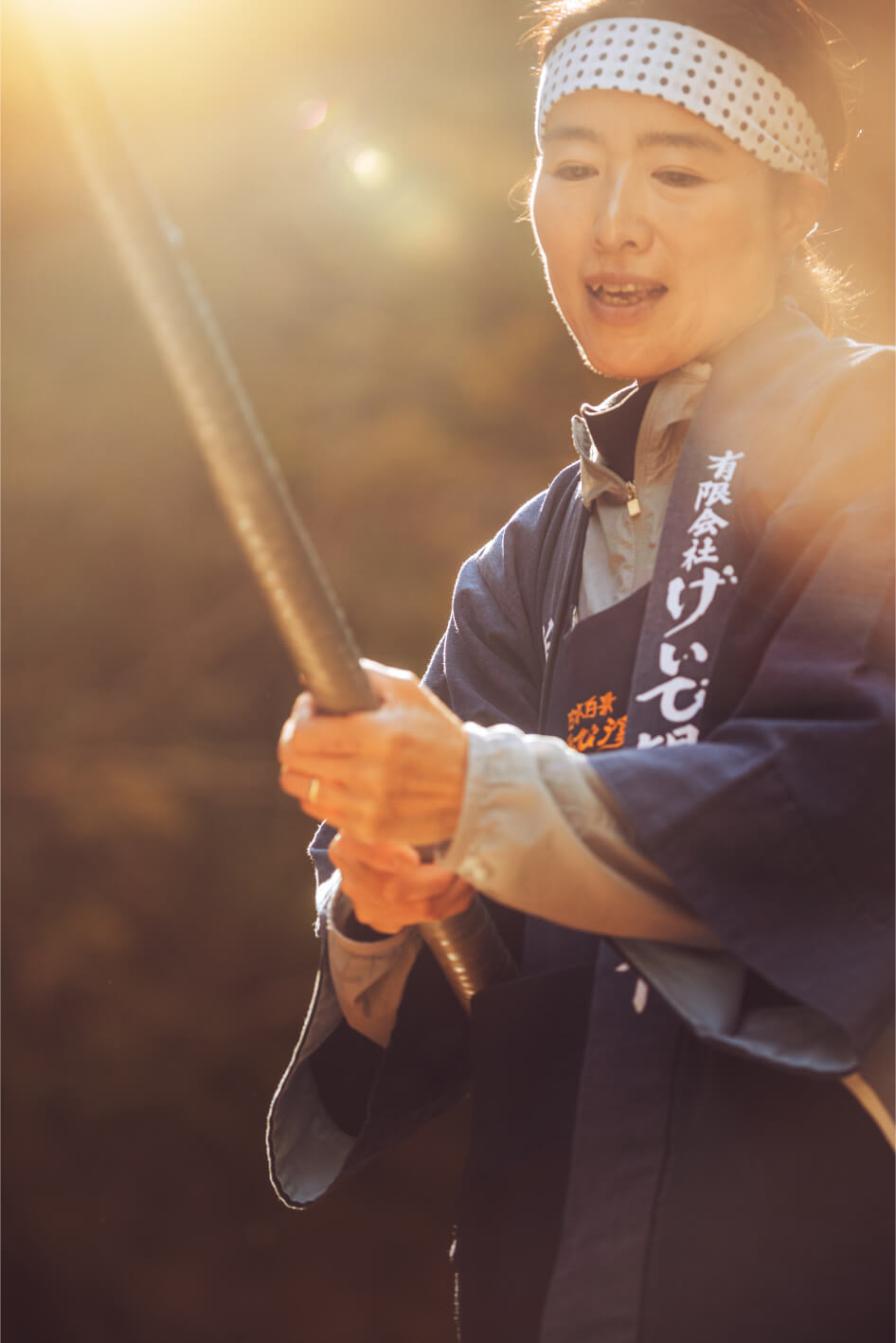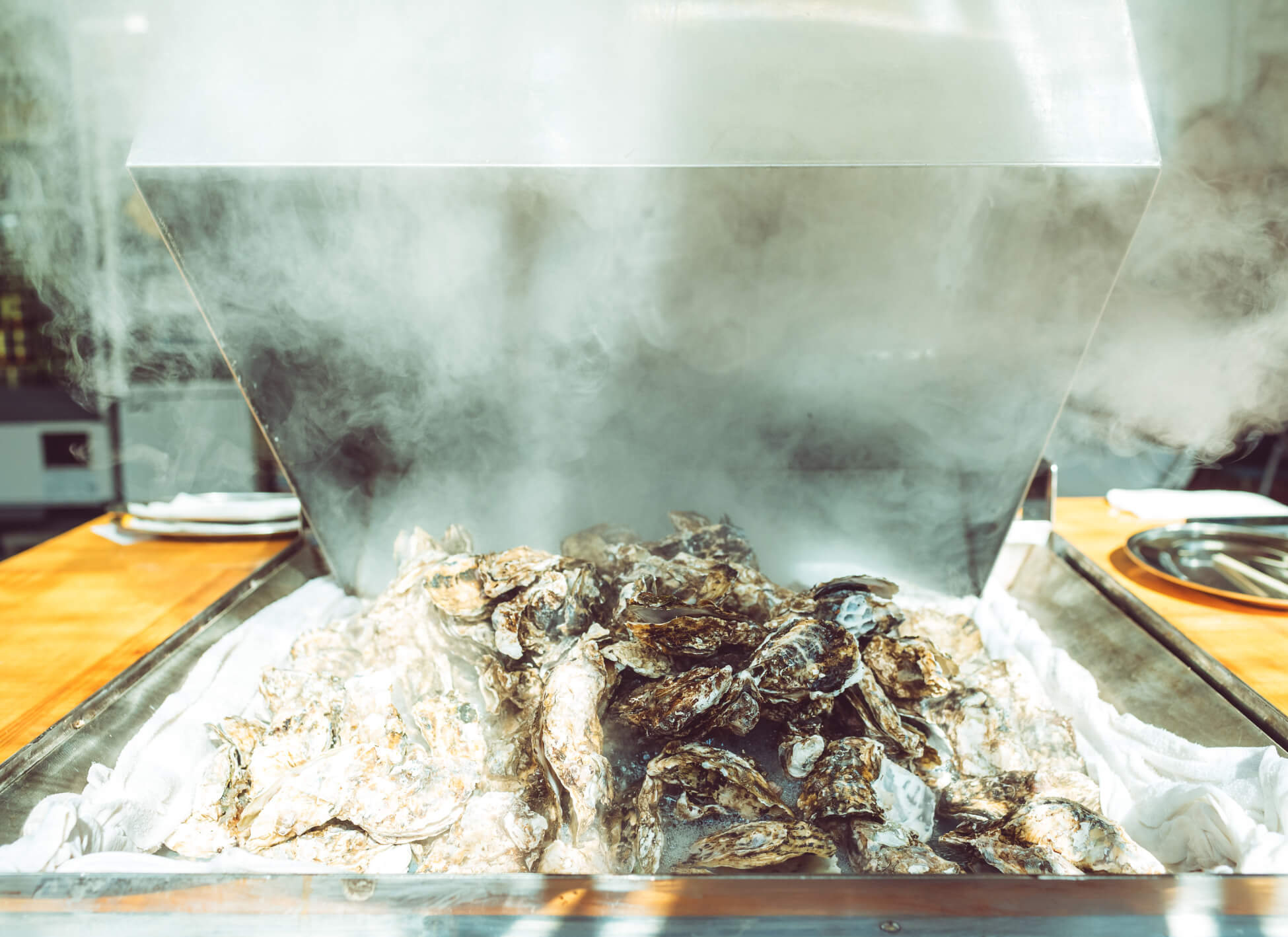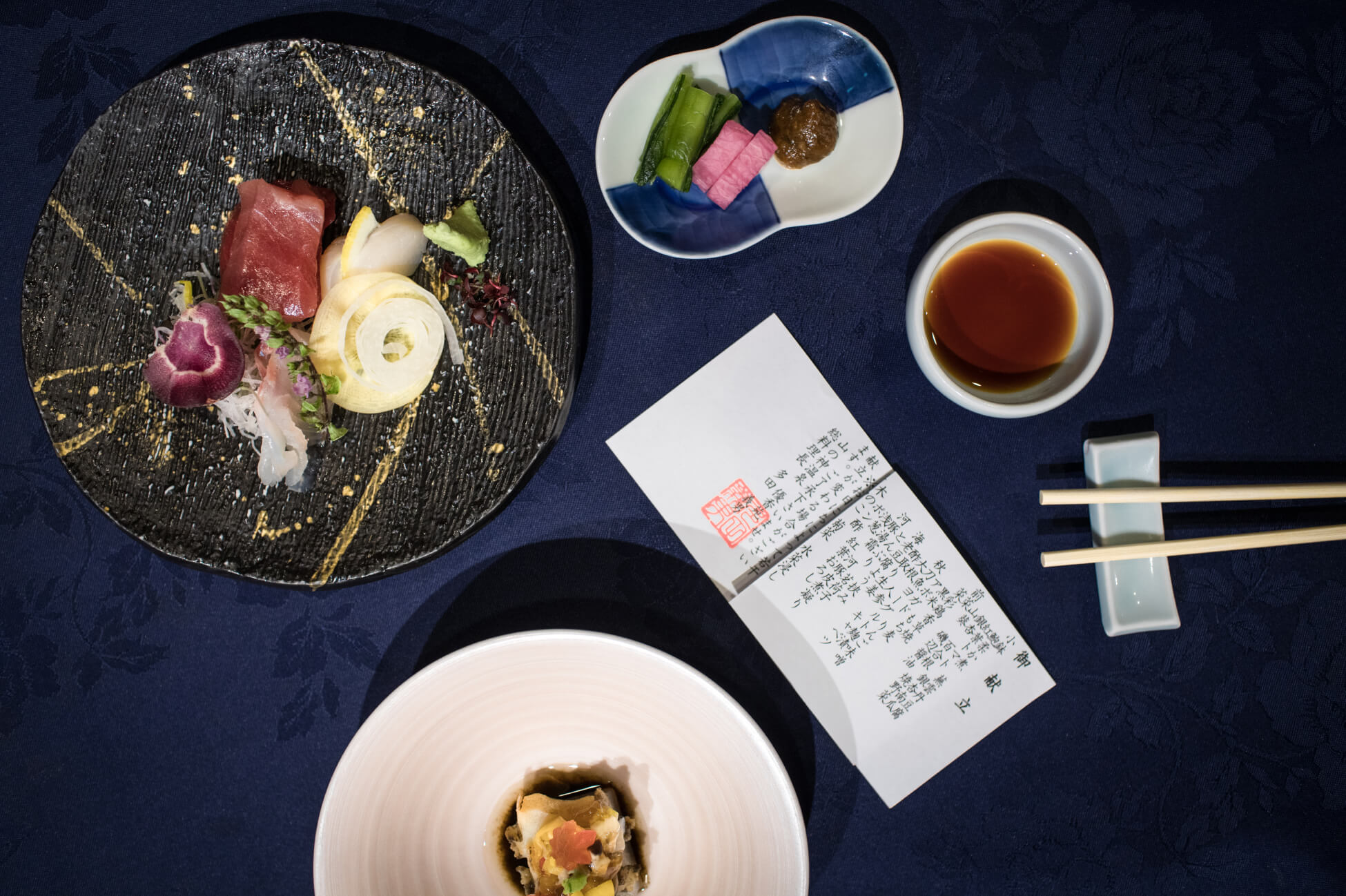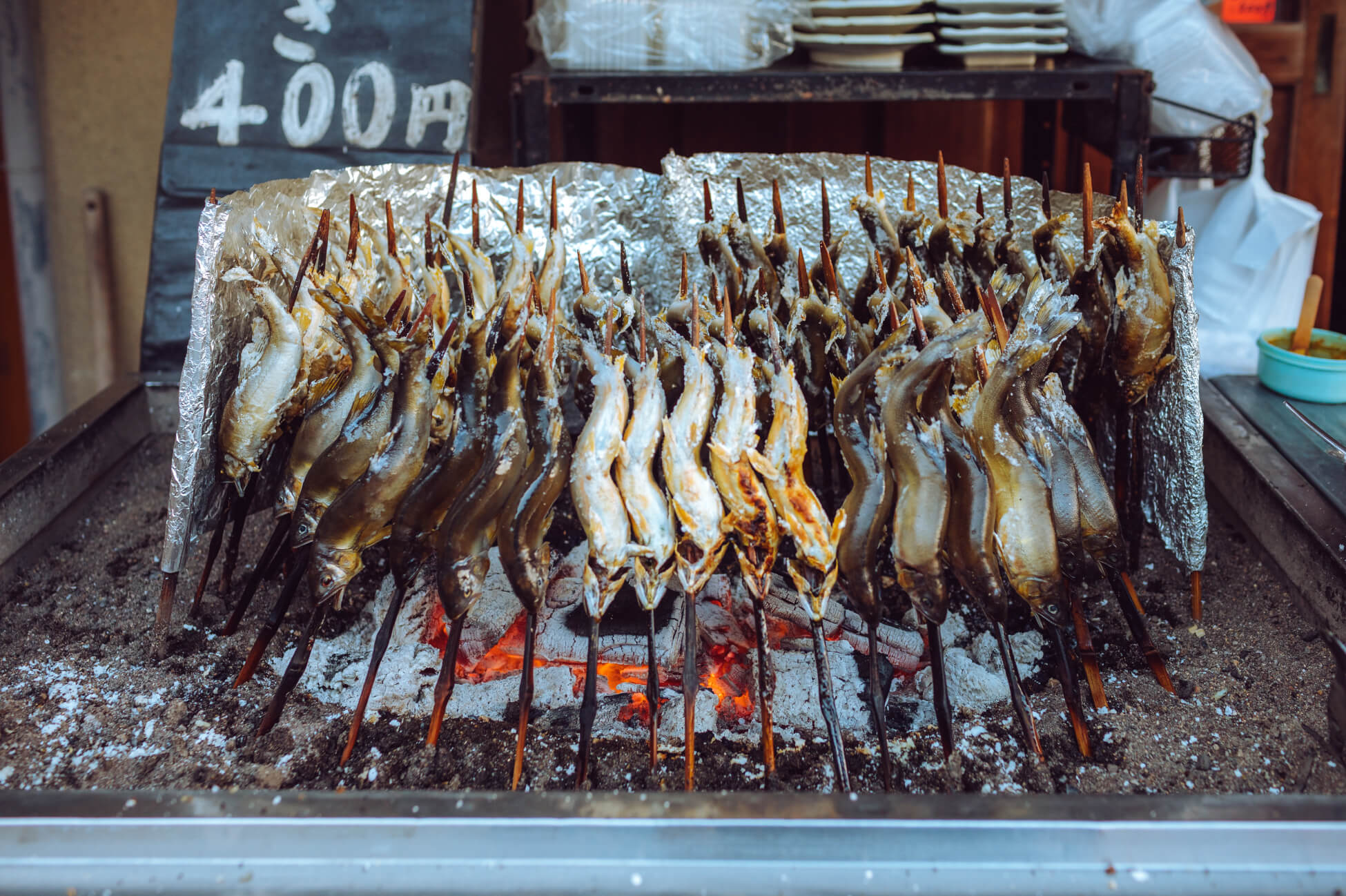Tohoku, Japan, is blissfully untouched by modern life, giving way to authentic and wholly unique experiences that typical American travelers—accustomed to flashy images of Tokyo’s energetic urban sprawl—might not ordinarily associate with Japan. Carrie Dennis, fresh from her first-hand experience in Tohoku, gives prospective travelers a leg up on their research.
We partnered with Japan National Tourism Organization to bring this guide to life.
Japan’s Tohoku region is not far from fast-paced Tokyo geographically. The six prefectures, or states—Fukushima, Miyagi, Iwate, Aomori, Akita, and Yamagata—are only a quick plane or bullet train ride away. Spiritually and environmentally, however, the northeast part of Honshu, Japan’s largest island, is a world all its own. This remarkably undeveloped region’s mountains, lakes, and hot springs have led to its rich reputation as the most scenic area of Japan. This is especially true in the fall, when the foliage is so vibrant it’ll make you wonder why it doesn’t get as much attention as spring’s cherry blossoms.
Moreover, the people here—inn proprietors, traditional performers and craftspeople, farmers, fishermen, merchants, and restaurateurs—bring a unique perspective and warmth to the Tohoku experience. Here, the old rural and feudal Japan mingles with Westernization and modern infrastructure, allowing visitors as much immersion into traditional Japan as they like. One discovers unexpected luxuries as frequently as the peculiarities. Folks who have never been to Japan as well as returning visitors who never made it this far north will find something to hold onto in this mystical place.
This list is by no means exhaustive—as with any dynamic destination, you could spend years here and still discover new things. This is an introduction, informed by my own trip through the region, meant to give you a foundation of knowledge from which to build your own perfect adventure.
PLACES MENTIONED
Explore all the destinations I visited below.
Which prefecture to visit
Which prefecture to visit
Consider all of them. Each prefecture has its own culture and distinct topography that you’ll be able to compare only on an extended trip. However, with quick and accessible public transportation, you can easily scoot up from Tokyo to many places in Tohoku and spend a long weekend, mixing and matching cities, coasts, and countrysides based on your interests.
Aomori, for example, is known for apple production and the attendant festivals, while Akita is where you should go for mountain hikes, visits to the sea, and strolls through a celebrated samurai district. Fukushima, the southernmost prefecture, is especially rich in history, both recent and long past. (And don’t worry, it’s completely safe. Those concerned about continued fallout from the 2011 nuclear incident need not be—radiation has declined to safe levels.) Iwate is for local crafts and dramatic coasts; Miyagi is where you’ll find the iconic Matsushima Bay and the cosmopolitan city of Sendai; and Yamagata, along the Sea of Japan and home to the mountain temple Yamadera, is an especially rural and spiritual place.
You absolutely need to
spend a night in a ryokan
A stay in a ryokan, a traditional Japanese inn, is truly one of the most magical experiences you can have anywhere in Japan, and the heavy concentration of ryokan in Tohoku makes a night in one of the vibrant, plentiful options here a necessity.

Ryokan vary in size and character. Most have rooms with tatami-mat floors that require you to remove your shoes at the door, replacing them with supplied slippers. Some, such as Matsushima Ichinobo in Miyagi, have western-style beds, showers, and buffet dinners, while others, typically the more traditional ones such as Aizu Higashiyama Onsen Mukaitaki in Fukushima, might not have a shower or tub in your room at all and instead require you to visit the public bath, otherwise known as an onsen if the public bath water is supplied by a natural hot spring. Other ryokan, such as Hoshino Resorts in Aomori, are a mix, with western-style beds and luxurious private ensuite onsen. You’re likely to be supplied with a yukata, a lightweight kimono to wear to the baths, as well as socks (with the big toe separated for use with sandals) and a bag or wicker basket with a washcloth. Feel free to wear the traditional outfit while strolling the grounds—you won’t be the only person wandering around in your robe.

In a traditional ryokan, you might be surprised to find that your room doesn’t have a bed. Turndown service will take care of that—a porter will place a futon cushion directly on the mat in the evening. You might also be supplied a buckwheat-hull-filled pillow.
There are, of course, all kinds of accommodations in Tohoku. Western-style hotels, such as The Westin Sendai (where I stayed one night), abound if you’re craving the comforts of home.
How a public hot
spring bath works
First, in your room, you put on the yukata and socks. Then you head to the onsen. It should be clear which one is for men and which one is for women, though if it’s not you’ll find out soon enough. Take your shoes off outside the first door that leads to the area that looks like a locker room. Once inside, take off all your clothes, leaving your belongings in the baskets that line the walls, and then enter the next room, where you’ll find a lineup of plastic stools and accompanying shower heads. Here, you’ll sit and wash yourself thoroughly. You can probably bring your own toiletries (check with management), or use the ones provided, though if you can’t read Japanese, you might have to rely on a benevolent bather to show you which bottle is which. Once you’re clean, head over to the trough of water right by the actual pool and pour a few buckets of water on yourself to get used to the water temperature. Then enter the bath. Hang out in the water as long as you can stand it.
Japan has thousands of natural hot springs, which might explain why the culture has a tremendous reverence for bathing. Onsen are treasured and considered a great equalizer; bosses will often go with their employees and colleagues. As an American conditioned to feel shame about my body, I saw two paths before me when I visited my first onsen at Yamanokami Onsen Yuukaen in Iwate. I could: A) be intimidated about getting undressed in front of strangers and miss out on the experience, or B) dive right in.
Be aware, though, that individuals with tattoos are often forbidden from bathing because of potential association with organized crime syndicates known as yakuza. If you have small tattoos, feel free to cover them with waterproof bandages. For larger areas that can’t be covered, you might be able to get around the rules by going late at night or early in the morning and simply asking if it’s okay. Employees understand that tattoos are fashionable in the States.
dividerWhat you will eat
Many of the prefectures have a dish that’s considered their specialty. For lunch in Aomori, you’re going to want to try barayaki, a form of Japanese tableside barbecue. It consists of thinly shaved beef cooked on a hot plate with sliced onions and soy sauce. Dip the cooked beef in fresh raw egg whisked with your chopsticks, if you can stomach it (which you should! Fresh raw egg is perfectly safe to eat). In Miyagi, all-you-can-eat grilled oysters are on the menu at seaside places like Matsushima Oyster House. Head inland for traditional soba and soy-sauce-based kitakata ramen in Fukushima. You’ll also notice plenty of street treats across all the prefectures, such as shioyaki, skewers of salted fish grilled over charcoal, and konnyaku, gelatinous balls made from a local sweet potato. Konnyaku taste like beef stock and are great for digestion.
Dinnertime is where things get really interesting. In Sendai, you’ll want to try the local delicacy unexpectedly tender gyutan, or beef tongue—or visit an izakaya, a style of bar that serves small plates and has a buzzer on the table to keep the snacks coming. Start light with your first round of drinks, ordering vegetables and sashimi, and then gradually increase the calories with korokke (croquettes), yakitori (skewered chicken), and okonomiyaki-style tamagoyaki (Japanese omelette), which features okonomiyaki sauce, mayo, and seaweed flakes. If you take my advice and stay in a ryokan, you’re likely to be served kaiseki, a traditional meal that consists of many small, artfully arranged dishes that are presented in seemingly never-ending courses and followed by rice and miso soup. This is probably where a Western palate will be most challenged. As many of the dishes will be so local and seasonal, you might not even have a reference for taste and texture before you take a bite. But it’s part of the adventure.
Consider a
geiko experience
Some ryokan offer a true geisha (also known as geiko) experience during your kaiseki. These women have trained extensively in the art of dance, music, and communication and are basically there to make sure you have a great time. They’ll talk with you, perform traditional dances and songs, and make sure your glass is never empty. Seriously. They will not stop refilling it if you keep emptying it, so watch out if you want to avoid a hangover. According to the two geiko I met in Fukushima, only 17 geisha remain in the Tohoku region. In other words, meeting them (they always work in pairs) is an incredibly special experience that has traditionally been accessible only to affluent businesspeople who know the owners of tea houses.
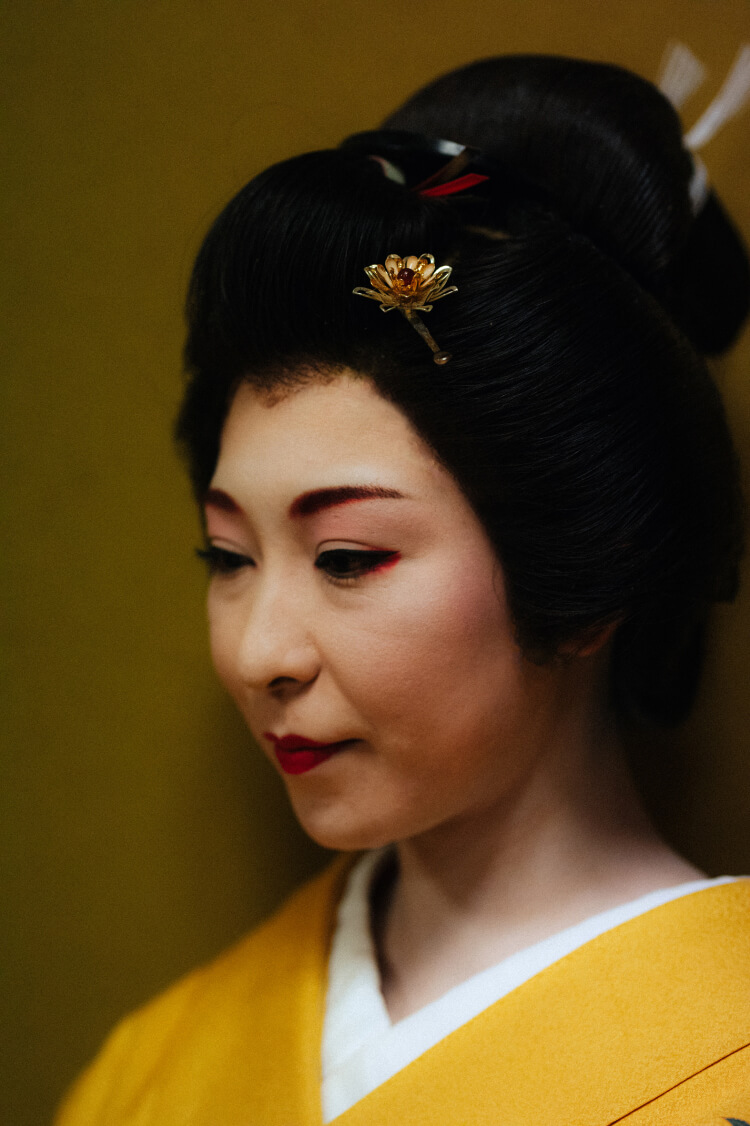

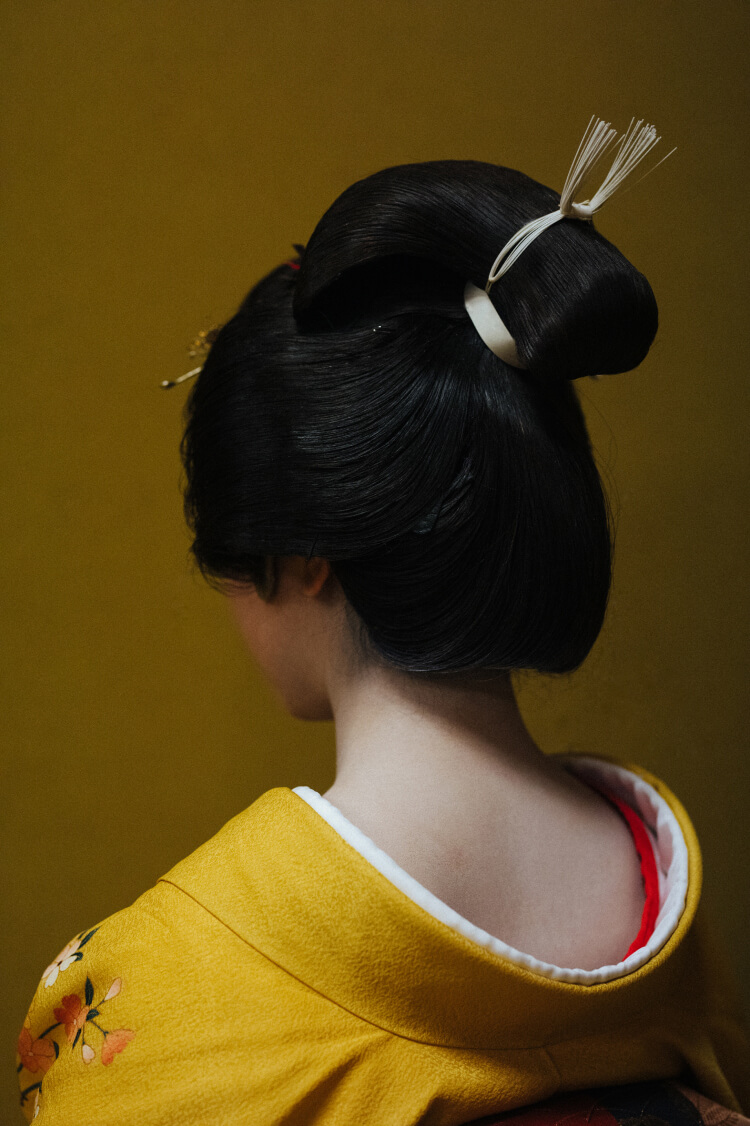
What to do
When you’re not eating delicious local cuisine or soaking in hot springs, you’ll want to fill your days with outdoor activities and spiritual quests. Tohoku is relatively small, but the region offers far more historically significant hotspots and ways to engage with its natural beauty than can reasonably fit in one article. With that in mind, here are a few quests to get you started.
When to go
With superb skiing, hiking, and hot springs as well as three national parks for ample warm-weather pursuits, Tohoku is considered a year-round destination, though the northernmost prefecture, Aomori, has been known to receive up to nine feet of snow, so pack clothes accordingly. To see Tohoku really shine, consider visiting in late September through early December for peak leaf-peeping and temperate weather similar to New England’s.


